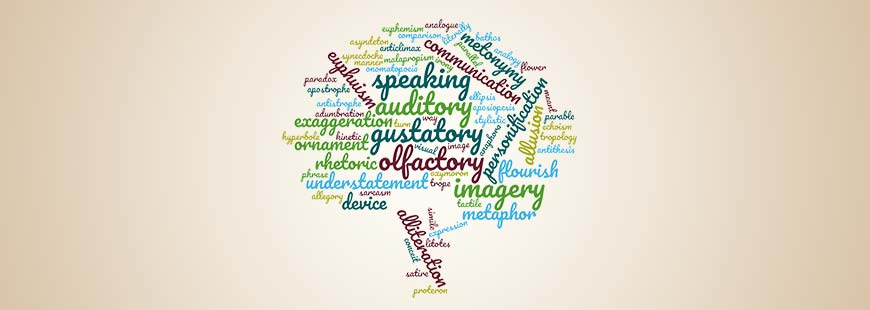

I am sure I shall expose some of the foul meat. I will run a furrow with my plough, I will press my spade through the sod and turn it up underneath, I do not see any of it upon you to-day, or perhaps I am deceiv’d, Where have you drawn off all the foul liquid and meat? Those drunkards and gluttons of so many generations? Where have you disposed of their carcasses? Is not every continent work’d over and over with sour dead? How can you furnish health you blood of herbs, roots, orchards, grain?Īre they not continually putting distemper’d corpses within you? How can you be alive you growths of spring? O how can it be that the ground itself does not sicken? In Walt Whitman’s 1856 poem “This Compost,” he uses some disturbing gustatory imagery: This is especially effective when the poet describes a taste that the reader has experienced before and can recall from sense memory. It may include sweetness, sourness, saltiness, savoriness, or spiciness.

In this form of poetic imagery, the poet appeals to the reader’s sense of taste by describing something the speaker or narrator of the poem tastes.

The gnats form a wailful choir, the lambs bleat, the crickets sing, the red-breast whistles, and the swallows twitter-all sounds marking the passage of time and the advance of winter. Keats personifies fall as if it is a musician with a song to sing, and then creates an audible soundtrack from the sounds the surrounding wildlife is making. The red-breast whistles from a garden-croft Īnd gathering swallows twitter in the skies. Hedge-crickets sing and now with treble soft Or sinking as the light wind lives or dies Īnd full-grown lambs loud bleat from hilly bourn Then in a wailful choir the small gnats mourn While barred clouds bloom the soft-dying day,Īnd touch the stubble-plains with rosy hue Think not of them, thou hast thy music too, Where are the songs of Spring? Ay, where are they? In John Keats’ short 1820 poem “To Autumn”-the final poem he wrote before abandoning the craft because poetry wasn’t paying the bills-he concludes with auditory imagery:

In addition to describing a sound, the poet might also use a sound device like onomatopoeia, or words that imitate sounds, so reading the poem aloud recreates the auditory experience. It may include music and other pleasant sounds, harsh noises, or silence. This form of poetic imagery appeals to the reader’s sense of hearing or sound. Additionally, he personifies the daffodils, which dance as if a group of revelrous humans. In this poem, inspired by a walk Wordsworth took with his sister, the poet uses simile to compare his lonely wandering to the aimless flight of a cloud. That floats on high o’er vales and hills, William Wordsworth’s classic 1804 poem “I Wandered Lonely as a Cloud” is a good example: To provide readers with visual imagery, poets often use metaphor, simile, or personification in their description. It may include colors, brightness, shapes, sizes, and patterns. In this form of poetic imagery, the poet appeals to the reader’s sense of sight by describing something the speaker or narrator of the poem sees. Here are the seven types of imagery in poetry, with examples. Poets create imagery by using figures of speech like simile (a direct comparison between two things) metaphor (comparison between two unrelated things that share common characteristics) personification (giving human attributes to nonhuman things) and onomatopoeia (a word that mimics the natural sound of a thing). There are seven main types of imagery in poetry.


 0 kommentar(er)
0 kommentar(er)
